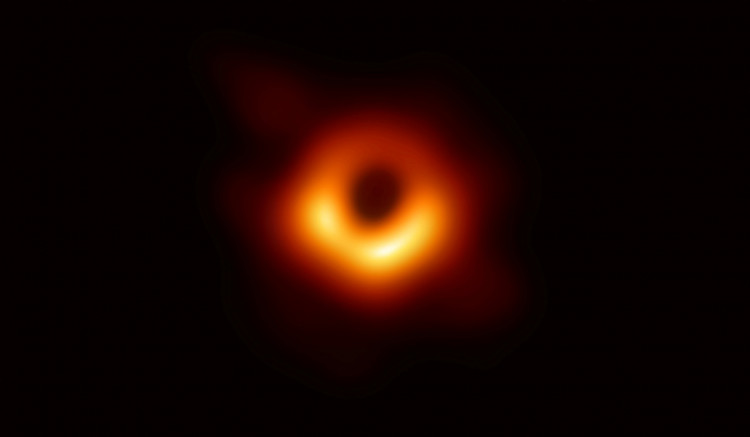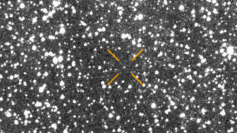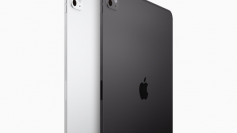Black holes, to this day, remain one of the most fascinating entities in outer space. Even NASA couldn't fully explain the entirety of a black hole, but they do agree on the notion that black holes are terrifying, to say the least.
The inner region of a black hole is known as singularity. It is the single point in space-time where the mass of the black hole is concentrated where gravity becomes infinite, and space and time become warped.
This has led NASA scientists to conclude that black holes could be a portal to "another reality," where the perception of time and space becomes completely different.
"For black holes, distant observers will only see regions outside the event horizon, but individual observers falling into the black hole would experience quite another 'reality,' NASA wrote on its website. "If you got into the event horizon, your perception of space and time would entirely change."
Time and space are intertwined in the universe; the reason why the perception would change. And because gravity is capable of stretching anything with a large mass, including space-time, falling into a black hole would cause time dilation, a point in which space-time becomes unrecognizable.
Of course, there are merely theories based on years and years of study, as no one has ever gotten close to a black hole. NASA believes it's impossible to survive falling into a black hole, so this "other reality" experience would be futile.
Due to the massive gravitational force in and around the blackhole, getting near it would trigger the process called "spaghettification," with much of the force concentrated at the base than the top.
This is due to a process called "spaghettification". The immense gravitational pull is so strong that the force is much stronger at the base than the top. So theoretically, if you get any near a black hole with your feet first, the gravity pull would be so strong that your body would be stretched out as you head towards the center.
Unsurprisingly, scientists haven't come up with a way for humans to go near a black hole. In fact, the closest NASA could find is more than 3,000 light-years away, and one light-year is nearly 6 trillion miles.
The closest black hole we know of is V616 Monocerotis, also known as V616 Mon. It's a binary star system in the constellation of Monoceros and has between 9-13 times the mass of the Sun.



